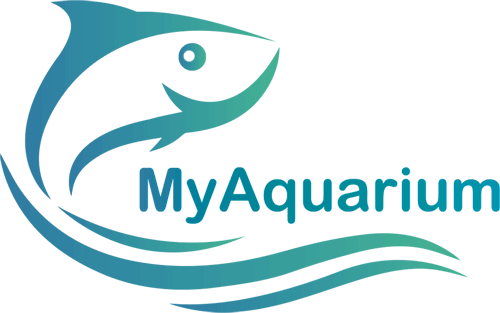In this article, we will give you some tips on how to prevent the excessive growth of filamentous green algae in your marine fish tank.
Every aquarist who owns a marine fish tank, experiences some type of problem with the green filamentous algae. It can start with just a few small outbreaks on live rocks and at first it doesn’t seem like a big problem, but if the conditions of the aquarium are incorrect, they can spread to other ornaments, and then quickly to the glass, covering them.
Most people try to scrape them off the glass with cleaning magnets, brushes or even razors, but this may not have the desired effect, as it can spread it even faster, as it disperses pieces of algae to the rest of the aquarium.
Removing the rocks from the fish tank and scrubbing them seems to help a little, but the problem returns in a short period of time, unless the rock is treated with an oxidizer like bleach. Even so, if all algae are not removed from the fish tank , they will return very soon.
Is there a way to slow growth?
The good news is that there are several things you can do to slow the growth of these algae.
Green filamentous algae need light to grow, but reducing too much light in a coral fish tank can have a detrimental effect on them. A small reduction in the photo period will help to reduce algae growth, but not significantly.
Reducing the food that green filamentous algae need to grow also hinders their growth. Most algae feed on nitrates and phosphates, so removing them from the aquarium water can make a difference in their growth rate.
See Also:
But as we know, it is impossible to remove all nitrates and phosphates from the fish tank water. Everything you add to the aquarium, including food and other species, increases phosphate and nitrate levels.
Natural sea water and sea salt mix to make the salt water you put in your fish tank contain nitrates and phosphates.
A good way to start is to control the decomposition of food and debris. Both generate nitrates and phosphates, so it is essential to keep the substrate clean at all times.
Clean the substrate and reduce the food source of green filamentous algae
How to keep the substrate of the marine fish tank clean? You can clean it with a siphon, but it can be a headache if you have corals, since all living rocks gets in the way.
Fortunately, nature has provided some species that will do this job for you. This is not only efficient, but a lot of fun to watch.
A disadvantage in using these live “cleaners” is that they require a thin substrate (sand) to pass through your gills.
The starfish Sand Sifting (Archaster typicus) does an excellent job of swallowing things from the substrate; however, it will also consume all living material in the area at the same time.
There are hermit crabs, some species such as Clibanarius tricolor, Clibanarius sp., Calcinus laevimanus, Calcinus sp. which also do a great job of cleaning the substrate.
There are many marine fish that consume green algae. Salarias fasciatus, Zebrasoma flavescens and Naso lituratus fish perform an excellent cleaning job. Gobies are fantastic substrate “washers”. They devour the substrate, suck out any items other than sand and spit it back through their gills, some good examples are Pholidichthys leucotaenia and Amblygobius decussatus.

Performing Partial Water Changes also helps to reduce nitrate and phosphate levels. There are several nitrate-reducing products on the market that also reduce these compounds, such as De-Nitrate, API Nitra-Zorb and the Seachem Seagel Phosphate and Silicate Remover.
But what if all this doesn’t work?
There are several different species of algae that look a lot like the green filamentous algae found in marine aquariums, but they are not the same.
Differences can only be identified through microscopic examination by someone who knows what they are looking for.
These different types of algae, even though they look like filamentous green algae, are very different. Fish that eat green algae will not consume this type of algae.
If, after all, you are still experiencing problems with these algae and no method of eradication works, your only way, unfortunately, will be to dismantle everything and clean the aquarium.
So, what did you think of this article? Like and share with your friends on facebook!




